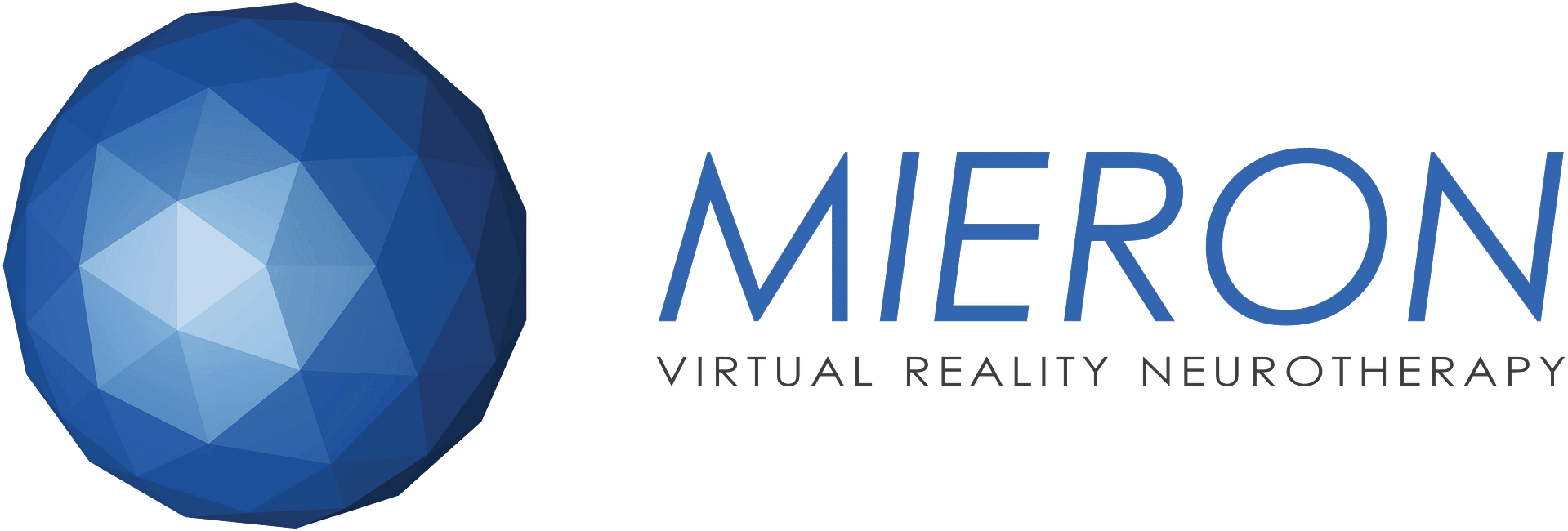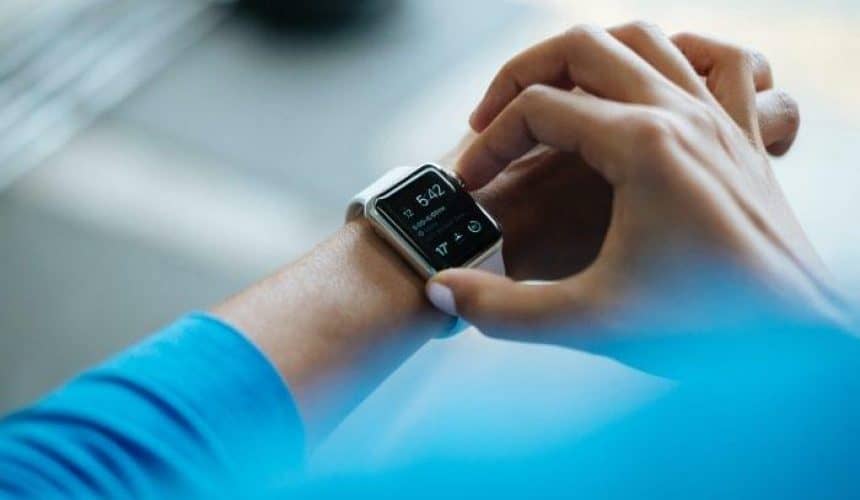Healthcare providers have found themselves at a critical moment where the availability of patient data, limited in-office visits with patients, and an explosion of patient care technology has caused many practices to pivot their traditional methods of patient care. These circumstances provide an opportunity to employ wearable healthcare technology to improve patient care and communication.
“Telemedicine overall has done a great job at providing patients with timely diagnoses, removing the obstacles of time, distance and cost that can often come with the logistics of in-person appointments. Wearable technology, in particular, has streamlined the healthcare process in terms of clinical efficiency – enabling faster triage, smarter decision making, and enhanced patient engagement,” says Dr. Wale Sulaiman of Hippo Technologies, a healthcare technology and education firm. We can expect that these changes will deepen the use of technology to better connect people with their healthcare providers.
Wearable healthcare technology can be prescribed by a doctor or adopted independently by the patient to provide deep data insights and better communication between the practice and the patient. And because these tools collect biometric data at regular intervals without patient initiation or intervention, they can be relied on to collect more data points more accurately than patient journals or recollection.
Your patients may already use a wearable that can collect vital biometric data. Either through the native apps or specialized apps, you can tap into these metrics for monitoring and diagnosis. Some current consumer wearables that collect health data include:
- Apple Watch 6 with ECG and blood oxygen monitoring
- Whoop wristband and training program
- Oura sleep analytics ring
- Google Nest Hub sleep monitoring
These tools use microphones, LED light sensors, and motion sensors to direct movement, heart rate, and collect vital data that consumers find useful.
The popularity of consumer wearable technology has caused many technology companies to invest in wearable healthcare apps to improve patient engagement, communicate data from patients to practices, and even diagnose hard to track disorders.
Benefits patients and providers can see now
Today’s healthcare wearables already produce dramatic results for patient care. Because patients can comfortably keep a wearable on their person nearly 24/7, the data collection is extensive. This can provide insight into disorders that don’t present themselves under regular office visit testing conditions
Larger data sets to identify conditions
“We have seen patients on a longer term study with 7 or more days of continuous monitoring with a clinical wearable find important diagnostic results on day 5 or day 10, or day 22. Results that meant earlier intervention and the avoidance of a stroke or heart attack,” said Waqaas Al-Siddiq CEO of Biotricity, a technology company that specializes in remote patient monitoring. Understanding this sort of long-term data gives healthcare professionals insight and early intervention on conditions that present themselves only sporadically or under particular conditions.
Real-time data combined with alerts
If wearable healthcare technology can upload data via an internet connection, the software may be configured to monitor data in real-time. Using similar AI technology that monitors networks for cybersecurity anomalies, the software can monitor a patient’s data and send an alert to the provider and the patient when that data falls outside a defined range. Michel Alvarez, CEO at CicaLux cites real-time data collection and alerts as the prime benefit for consumers with critical care needs. “For serious illness or disease, those can be a lifesaver.”
Increased accountability of care
Wearables that track physical activity and key biometrics can give providers deeper insight into a patient’s ability to stick to the treatment plan than treatment journals or relying on memory. “In the world of physical therapy, instead of relying solely on patient-reporting to determine whether or not they did their assigned exercises, providers can remotely track and evaluate sessions. The benefits extend from patient to practitioner when the healthcare provider can utilize these specific insights to customize and tailor a treatment program,” said Jessica Maslin, co-founder of Mieron. Care providers are then able to ask the right questions of patients to better understand their barriers and provide revised programs that meet the patients needs.
Best practices for healthcare providers who want to start using wearables in treatment
Providers looking to start using wearable technology with their patients can start small by giving patients consumer options that track basic data, and then set a time to review the data with the patient. Maslin suggests starting with smartwatch technologies. “It can be easily integrated into a full day of activities, and with the accompanying apps available, you can evaluate health trends and habits, plus it has the functionality of a watch and productivity tool outside of healthcare initiatives. A simple smart-watch can help remind someone to be more active, it can allow practitioners to evaluate resting and exertion heart rates, determine if someone is being sedentary, and much more.”
Those healthcare practitioners looking for medical wearable technologies with defined outcomes should consider doing more research into technologies that support long-term goals. Al-Siddiq has identified three characteristics facilities should look for when researching their next healthcare wearable:
- “Continuous data collection, where the data does not need user intervention but [the device] can be worn and is collected long term
- Clinically relevant data, i.e. that data being collected is accurate and clinically valuable
- FDA clearance or built by a medical device company [rather than] a product built by a lifestyle company”
And providers should think deeply about how the wearable tech they plan to use will affect patient outcomes. How will they use the data in consultation with the patient to improve adherence to treatment?
The future of wearable healthcare technology
Wearable health technology is only in its infancy. As more providers offer these tools and more patients grow used to monitoring and understanding their own health data through wearable technology and consultations with their healthcare team, the technology will continue to expand.
In terms of trends for the future, those that dominate technology in general will continue to affect this market. “I see a shift in wearable health tech where devices become more and more clinically relevant [by] collecting more diagnostic and clinical biometrics, more intelligent devices actively monitoring the data coming in as opposed to passively recording, ubiquitous connectivity and a shift into implantable sensors/wearables,” says Al-Siddiq.
Maslin agrees: “It’s safe to say that wearables are going to become more compact and less cumbersome, while reporting on more bio-analytics, which over time can help determine risk of secondary injury, progress and gains on range of motion, and it can be used as a haptic tool to reward healthy habits.” She also foresees technology tools once considered entertainment or training-focused like virtual reality headsets as a major player. “This was especially prevalent during the pandemic, where traditional hands-on treatments like physical therapy have transitioned to telehealth, VR has become an incredibly powerful tool to bridge the gap and keep exercises interesting and engaging while staying safer at home,” she says.
And the pandemic has increased the trend toward providing patients with better care from wherever they are via telehealth, remote monitoring, and digital communications. Maslin calls out the importance of remote care. “There are a lot of trends transitioning to home health. Whether it is for personal aesthetic gain or to help improve functional mobility and independence, wearable tech provides individuals and healthcare providers with incredible insights into health trends, compliance to a regimen, and fitness/health measurements that can help determine if we’re living a healthy lifestyle.”
Source: https://technologyadvice.com/blog/healthcare/wearable-healthcare-technology/






